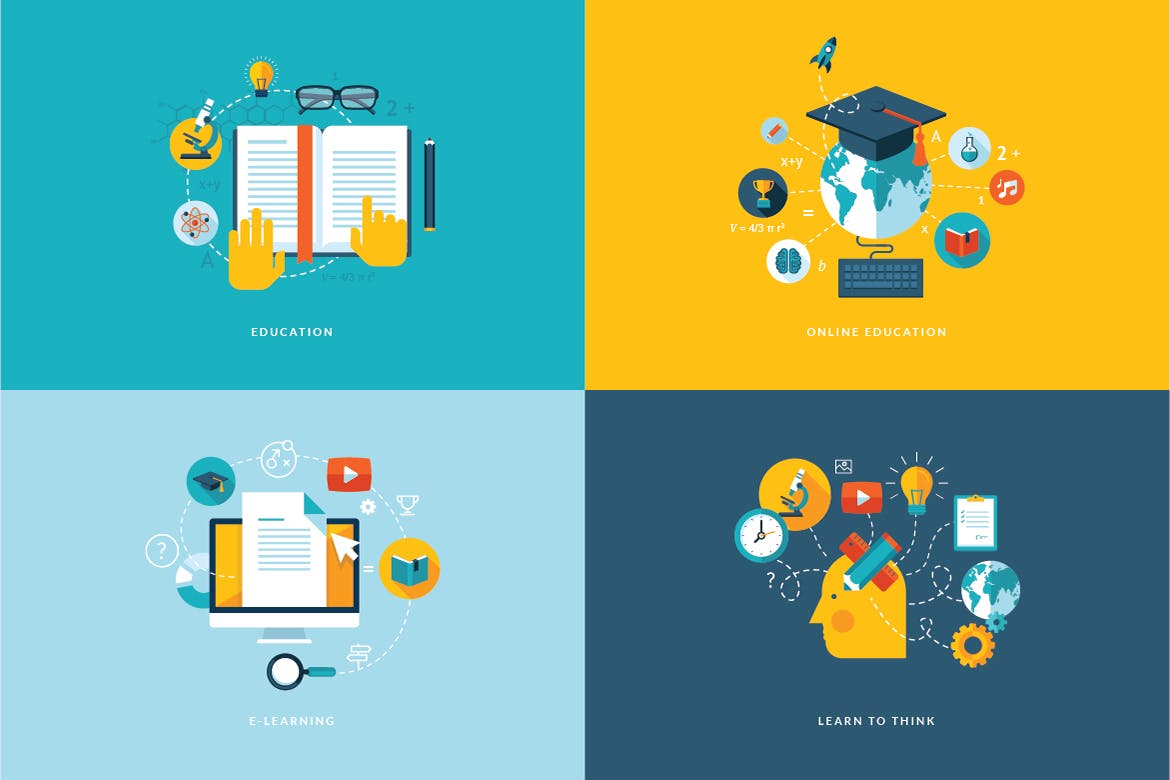Many L&D teams are under increasing pressure to respond as quickly as possible to new training requests. Training teams must discover methods to stay up with and support performance as businesses pivot fast to react to change.
In response to this desire for speed, the eLearning age has arrived, and learning technology is quickly developing to address gaps. The majority of training teams are now developing some eLearning. Whether you’re new to generating eLearning or wanting to speed up current procedures, here are several ways that may be used immediately to develop eLearning quickly:
Use Agile Learning Principles:
Despite its origins in software development, the agile framework has swept the corporate world across sectors and functions. Corporate training departments can select from various models and frameworks that mix agile and pre-existing learning design methods.
While implementing agile learning may require a high degree of commitment from you and your team, the advantages outweigh the initial time investment. Agile learning gives you the ability to:
- Reduce how long eLearning courses will take to be implemented.
- Improve and accelerate stakeholder collaboration initiatives.
- Determine more predictable expenses and resource requirements.
Agile learning combines speed, flexibility, and collaboration to allow you to quickly design, publish, and iterate eLearning courses while receiving plenty of ongoing feedback.
Develop Microlearning Courses:
The advantages of microlearning for students are widely established. Facilitating learning in the flow of work helps boost engagement, improve information retention, and fulfill the demands of the modern learner. Microlearning techniques perform exceptionally well when combined with agile project management systems.
Microlearning also provides advantages for the training staff, particularly in terms of course design and delivery speed:
Deployment and turnaround times are reduced:
Microlearning courses, generally described as content ranging from two to ten minutes in duration, need less time to create. Many corporate training teams utilize micro-learning to divide big learning tasks into smaller pieces, which are better managed by students and specialists.
A single learning goal:
Each piece of microlearning should be focused on a single learning goal. This particular emphasis simplifies the development of learning objectives, material, and evaluations.
Faster Reaction to Feedback:
When a long-form course receives unfavorable feedback, identifying and resolving the issues might be difficult. Because microlearning courses are short, it is easier for L&D teams to discover and then apply methods to enhance them.

Related Post: Best eLearning websites for 2021
Make Course Templates Available:
Most training teams must collaborate with subject matter experts (SMEs). Their knowledge is vital, but collaborating on complicated learning initiatives can lead to frustration and conflict. One of the most effective methods to increase cooperation with your SMEs is to build thorough eLearning templates. They may “data dump” the information you want while leaving the instructional design to your team.
Templates can also help your instructional designers create eLearning courses more quickly. By developing templates for various types of training (for example, compliance training or sales enablement) and expertise levels, your team will be able to get a head start on gathering resources and creating content.
Establish Content Repositories:
The creation of material with writing tools is one of the most significant challenges of designing eLearning courses. You might reuse a significant part of your eLearning content in multiple courses, or you could have a media file with a media file that requires only minimal adjustments for your existing training project so that you can not start from scratch.
You do not have to waste time hunting for good photos, videos, graphics, or audio files when you have a contentcontents repository for all of your eLearning content. The goal is to create an intuitive folder and labeling structure within the repository so that material can be found quickly. Depending on the sort of eLearning courses your team develops, you may want to categorize and label material as follows:
- Theme/topic
- The audience for learning (e.g., sales, production, etc.)
- The goal of learning
- Type of training (for example, sales enablement, compliance, onboarding, etc.)
A tiny amount of early effort will save your team time from developing a content repository in the long term.
Make Use of Outside Resources:
It would be best if you sometimes balanced the time and financial costs of generating material with the relevance of that information to the eLearning course. The training will sometimes be so critical that generating content from scratch is not an option. If you don’t have time to develop the content, find it elsewhere and integrate it into your course. This content might be a YouTube video, an infographic, or any other medium, provided it helps you reach your learning objective.
For a variety of reasons, training teams must accelerate the development of eLearning. It is possible that you require a faster training turnaround at a moment of crisis or that you are looking for a more streamlined approach in general. In any case, these pointers will get you started on the path to a more efficient and successful eLearning content production process.
Development by Professional:
If you think you can’t do all of these works one by one, don’t worry, we have a solution for you. Contact the market-leading eLearning course creators. They will do everything for you from start to finish without breaking your bank savings.
